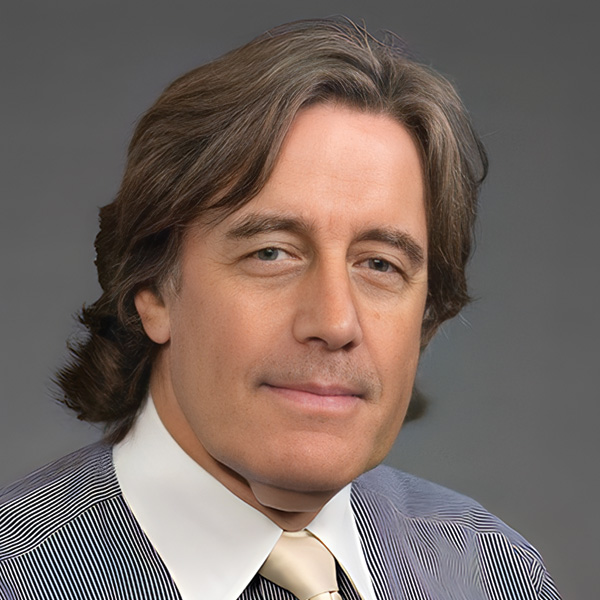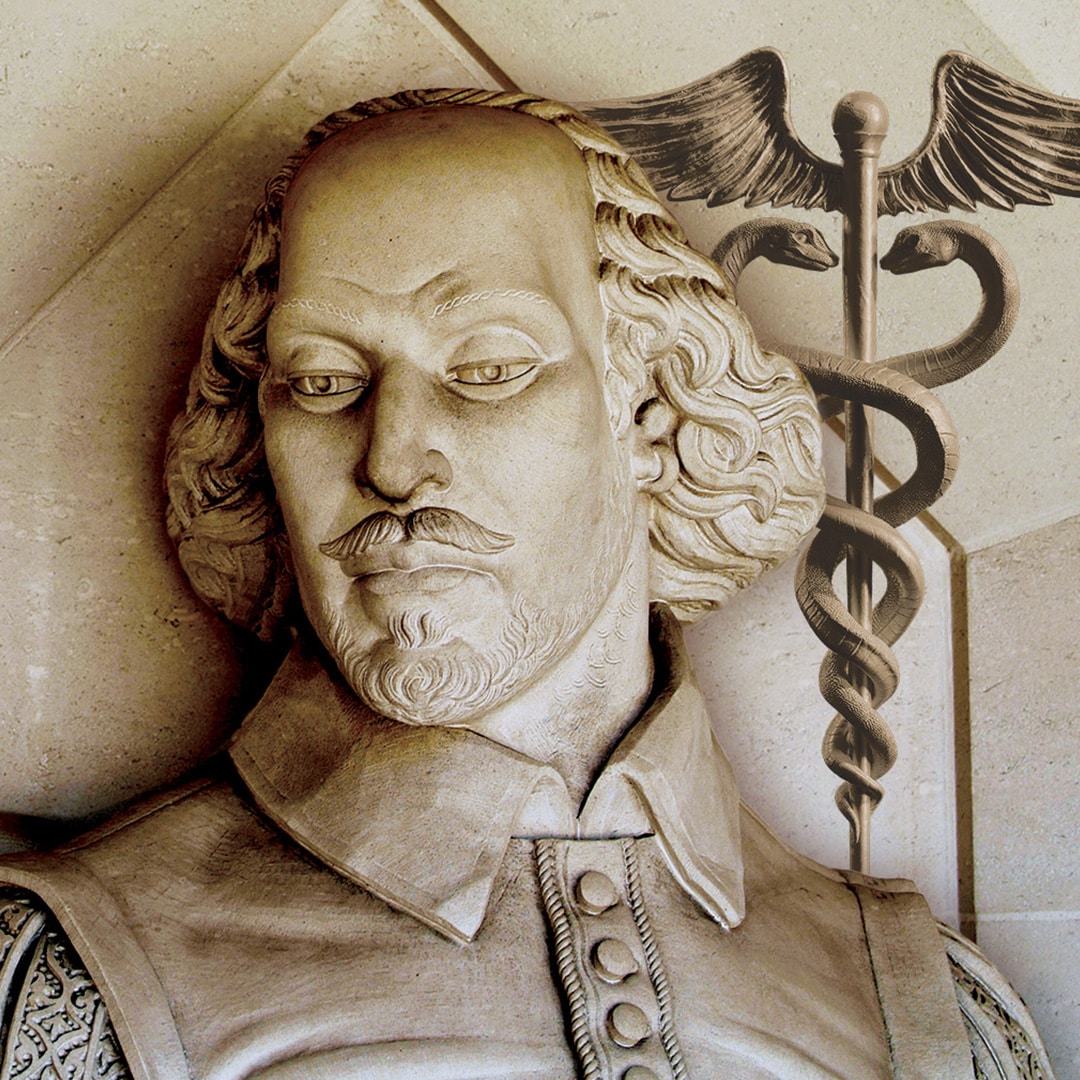For centuries, tumors were treated with poisons
Systemic arsenic, without success
The blistering mustard gas killed the sons
Of global war, bodies a terrible mess
Change the molecule to nitrogen base
And mice lymphomas were seen to regress
Yale’s men turned lethality to win the race
Of chemical therapy to address
The march of cancer, stop cells dividing
So fast, suppress growth and recurrences
Many failures, therapies colliding
But nitrogen mustard cut defenses
Showing how chemotherapy could block
Tumors without stopping the human clock
Backstory
There was only one solution for cancer up to the beginning of the twentieth century; cut the tumor out and hope for the best. Radiation therapy for cancer was introduced a few years into that century but the long-held belief that chemical or biological agents could affect the growth of tumors had not been realized in practice. Arsenicals were still being tried at that time, but without success.
Although mustard gas, a deadly agent based on sulpha mustard, was banned from warfare after the First World War, it was still available and was prepared in large quantities in anticipation of another war. It was known to destroy lymphatic tissue and bone marrow as well as causing massive soft tissue damage. Two Yale pharmacologists, Louis Goodman and Alfred Gilman were asked to look at the chemistry of mustard gas and realized that if a nitrogen rather than sulfur compound was used, the biological properties were quite different. They showed that lymphoid and myeloid suppression occurred after exposure to the nitrogen mustard and, in the first clinical application of this ‘mustine’ in a patient with non-Hodgkin’s lymphoma, there was a significant and rapid reduction in tumor mass. This effect, which was reported in 1946, did not last long, but it opened up the way for the chemical treatment of cancer, or chemotherapy. Very soon, other agents were investigated, notably the folate analogues, shown by Sidney Farber to block the function of folate-requiring enzymes, leading, in 1948, to effective therapy for children with acute lymphoblastic leukemia, the first hint that this disease was potentially curable.



